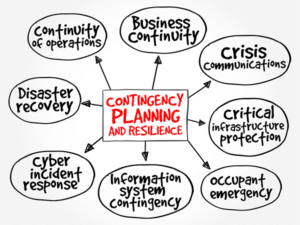
Most businesses need to pay more attention to having a contingency plan for network failure. However, it’s always better to be prepared than to suffer significant losses due to network downtime. With that quickly, we’ve provided some examples of what makes a good network contingency plan that you can easily implement into your business.
Firstly, a good contingency plan should be written in simple, easy-to-follow language. You never know who will access the program or how computer-savvy they may be, so keeping it straightforward is essential.
Secondly, a good contingency plan should answer three critical questions: What potential problems could occur? What do we do if the problem happens? What can we do ahead of time to prevent it from happening?
Thirdly, a good contingency plan should prepare for all possible disasters, including natural disasters. Unfortunately, many businesses learned this the hard way during Hurricane Katrina and Hurricane Sandy. If you have a contingency plan, in can avoid losing everything in a disaster.
Lastly, a good contingency plan should prioritize risks based on likelihood and urgency. For example, a cybersecurity breach is more likely to occur than a stolen mainframe. Addressing the most pressing risks first is crucial.
If you need help constructing a good contingency plan for network failure or assistance, please get in touch with us.
It’s always better to have business continuity and not need it than to need it and not have it.






